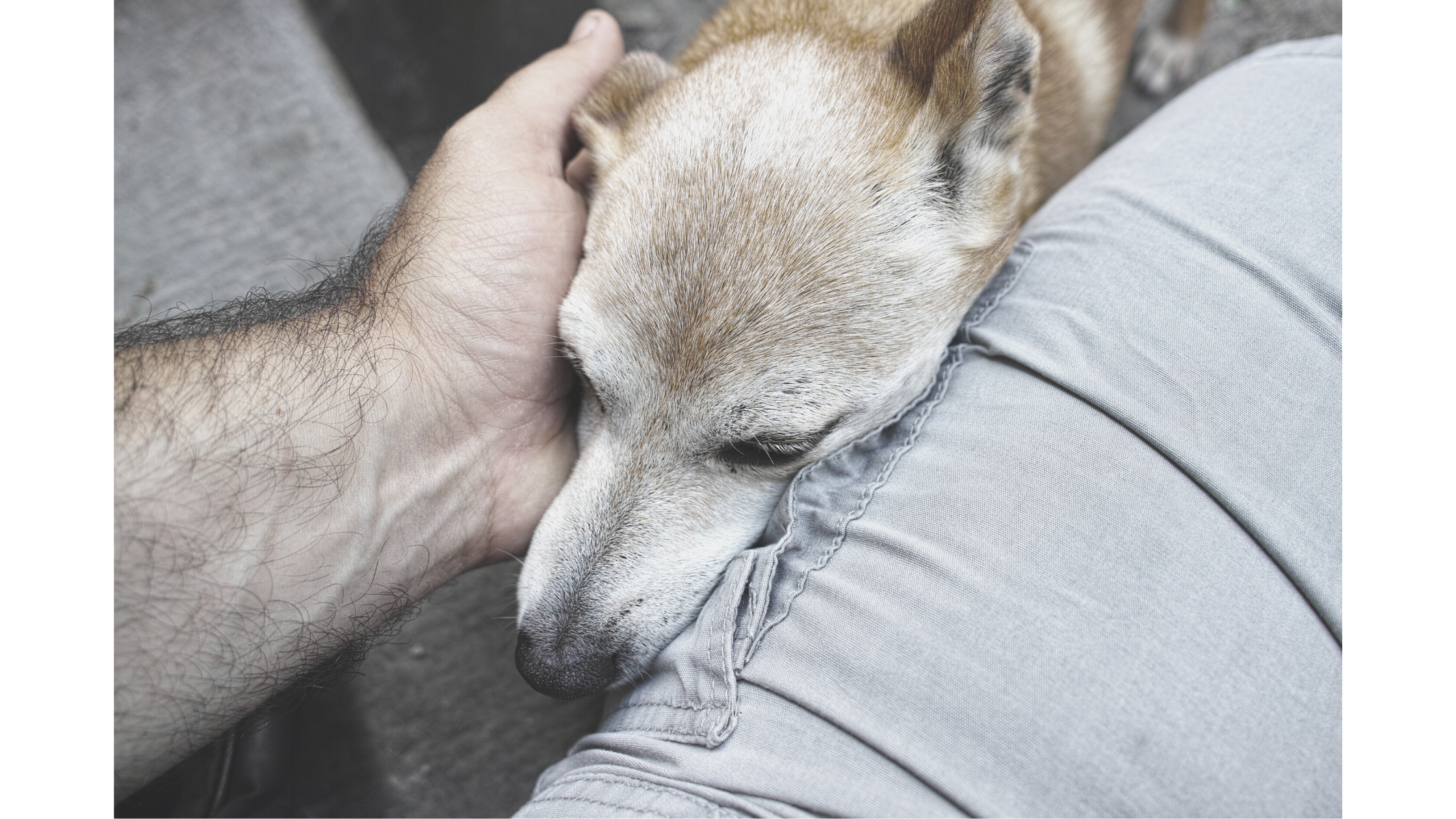There comes a time in every owner’s life where a hard decision will need to be made. Pets, unfortunately, aren’t built to last as long as us and, towards the end of their lives, they’ll depend on us to make that hard choice. But, how do you explain this to your son or daughter?
Children, as we’re sure you’re well aware, can become very attached to family pets and explaining this delicate topic to them is, in and of itself, a difficult thing to do. As a parent, it’s important that this conversation, firstly, takes place and, secondly, that it is handled correctly. Take it from us; the one thing we remember about the passing of our first pet is how our parents handled the conversation around it!
To start, it’s important to phrase this discussion using terms that your youngling can understand. The conversation you have with your thirteen year old will be much different to the one you would have with a seven year old, for example. Try to avoid using euphemisms such as “sleep” and “rest” as this can have adverse effects on your child, leading them to be fearful of procedures which require anaesthesia in the future. If your pet is sick or old, it’s best to have this discussion before they depart. Allow your child to decide the flow of the conversation while answering their questions as easily as possible. Contrary to popular belief, if you don’t know the answer to their questions, say so – death is a mystery that no one can answer.
For any parent who has a child dealing with the loss of a beloved pet, it is vital that they are given time to process the ordeal and plenty of opportunities to talk about their feelings; perhaps how this miss their friend, or how they cannot stop thinking of them. It is completely normal and healthy for them to express grief in a variety of ways and it is up to you, as a parent, to listen to your child, reassure them and comfort them. Helping your child to properly express grief and loss is a necessary life lesson that will prepare them for hardships later on.
Euthanising a pet is hard. It takes courage but also a lot of love for your pet, to be able to put them before yourself and your children and how much you want them to still be a part of their lives. However, a symbolic gesture such as burial or cremation can help a child put a full-stop under this period of grief and give closure to the whole affair. This symbolic gesture can be anything that your child wants it to be, but ideas should be suggested to them; perhaps they’d like them to be cremated and for their ashes to be scattered, or maybe for them to be buried with their favourite toy. The important thing is to provide guidance to your child, while using a balanced hand to be realistic about the situation. Sometimes one must be cruel to be kind, as the saying goes, but the time your child and their furry-friend spent together will always stay with them – reminding them of this can be a nice footnote to any hard talk you have with them.
Explaining and getting through the loss of a family pet is a herculean task, but friends and family are always there for us and our children; as crutches to help us walk, as casts to help us heal. If your child is going through the loss of a beloved pet, it’s vital that you are prepared as a family and available for them to speak with – having their favourite Aunt, Uncle or Cousin on standby can make the world of difference in the eyes of a child.
If you require any advice on the services we offer or how to deal with grief and loss for all ages, click here.





